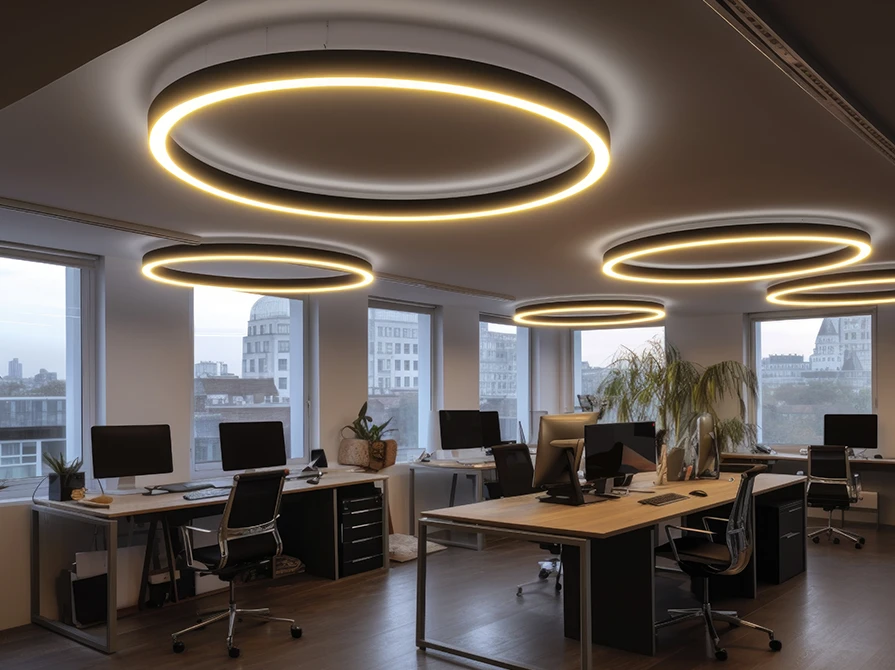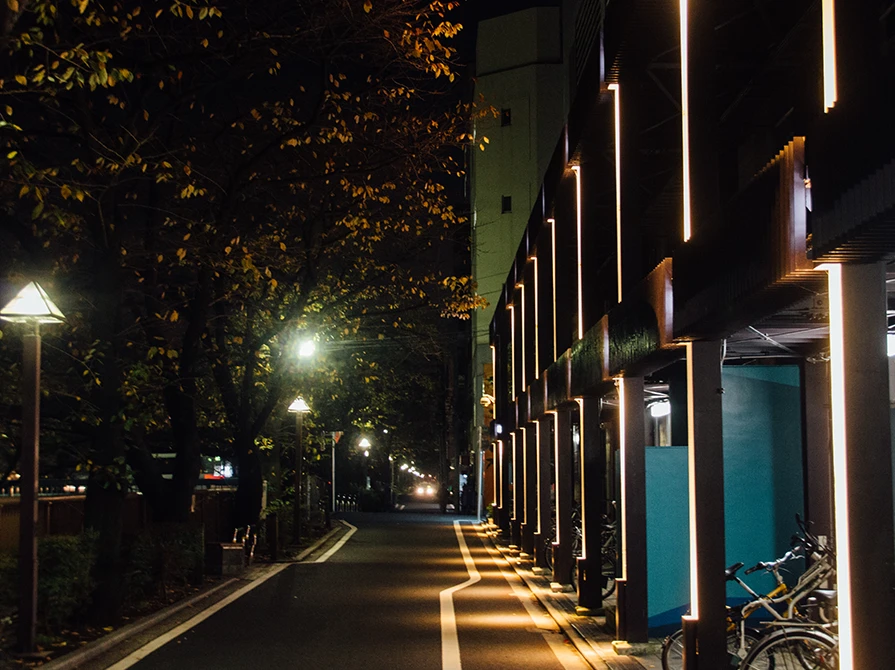


Modern-day businesses are becoming increasingly focused on surging the energy efficiency quotient of their commercial buildings. Thus, they are adopting eco-friendly approaches and sustainable practices in their operations and working premises. One such approach is refurbishing the old conventional lighting setups based on incandescent or fluorescent lights with the energy efficient LED lighting solutions.
According to the top commercial lighting manufacturers, switching to LED-based commercial lighting solutions is leveraged with multiple benefits apart from energy efficiency. These lighting solutions ensure higher return on investment (RoI) and aid in bringing down the initial expenses in the form of reduced electricity and maintenance bills.
Furthermore, LED lights help in improving the workspace environment and can be made compatible with smart-lighting solutions for intelligent and connected lighting. However, it is important to make informed decisions when switching to LED lighting in a commercial space. As suggested by lighting experts, here are some pitfalls people should avoid when switching to commercial LED lighting solutions:
Deciding on LED lights with inappropriate brightness levels can impede the office environment. Thus, it is important to determine the brightness requirements of a space and then select suitable LED lights and fixtures. The leading industrial lighting manufacturers suggest that people should always do a comparison of the lumen levels before replacing their old lighting solutions. This comparison of lumen (denotes the brightness levels of a fixture)levels provides a better understanding about the brightness an LED light is going to provide.
LED lights are typically designed to generate a more directional light output (due to the arrangement of respective light emitting diodes inside the luminaire). Thus, people are suggested to consider specifications like the beam angle and light distribution before deciding on LED luminaires. This helps in ensuring that the expected light output will complement uniform and appropriate light distribution.
LED lights are not only available with different brightness levels but also in various colours. However, it is important to compare the CRI of the to-be replaced old lights with the new LED lights, especially when the same environment needs to be maintained. Furthermore, lighting also has a great influence on the colour appearance of the elements in the space. Thus, choosing lights with the ability to render the right colours becomes pivotal, especially in places like art galleries and museums.
Apart from the above-mentioned points, people are also suggested to decide on LED lights that are compatible with the lighting controls. They should also avoid buying local and inferior quality LED luminaires from lesser known LED lighting suppliers.







